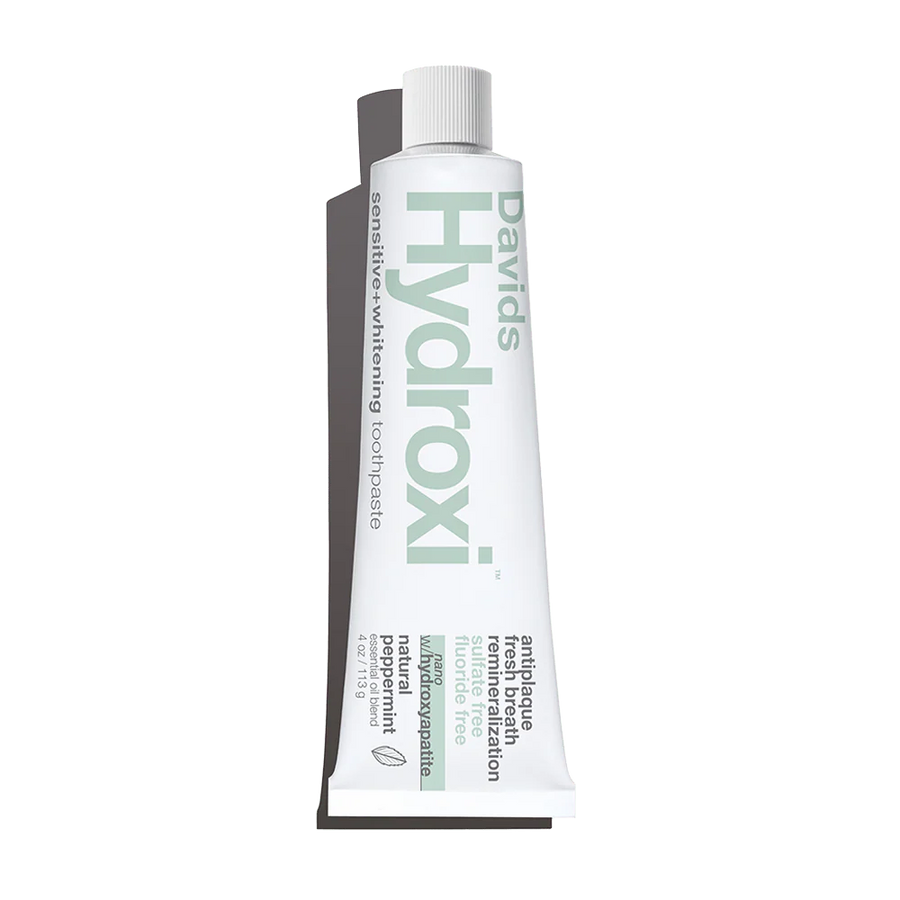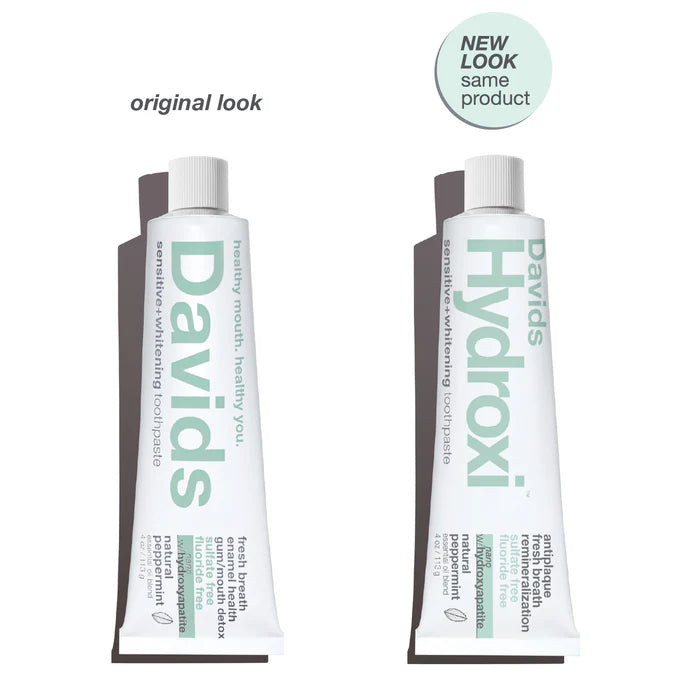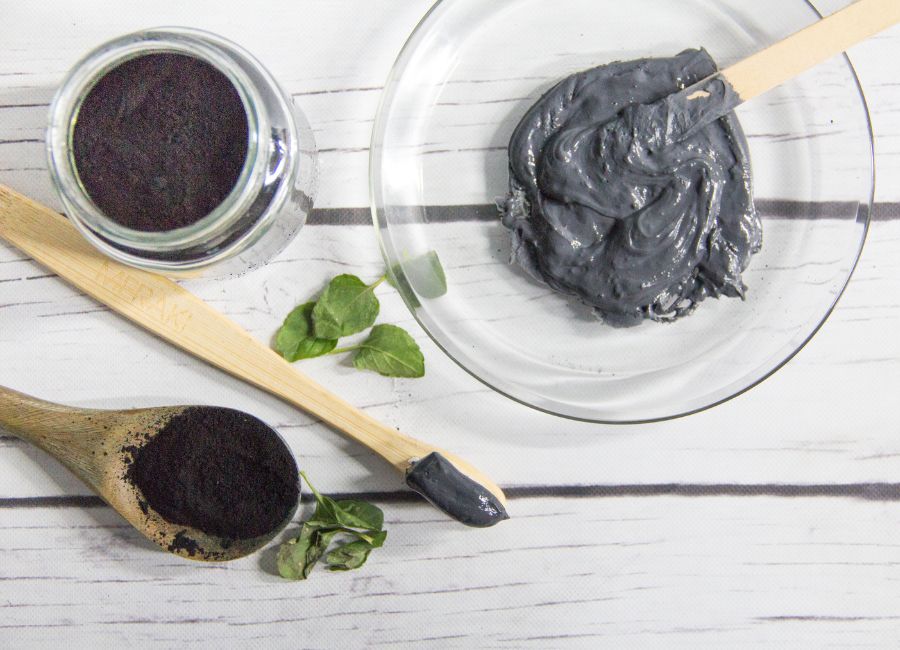How to Use Mouthwash

Mouthwash, a simple yet often underestimated part of our daily oral hygiene routine, can play a significant role in maintaining healthy teeth and gums. But are you using it correctly?
Choose the Right Mouthwash
Before diving into the correct usage, it's essential to select the right mouthwash for your needs.
There are various types available, including antibacterial, fluoride, and cosmetic rinses. To pick the right one, consider your oral health goals. If you want to combat bad breath, go for an antiseptic or antibacterial mouthwash. For cavity prevention, choose a fluoride mouthwash. Cosmetic rinses can provide a temporary, refreshing sensation but do not offer long-term benefits. Shop Gem Premium Natural Mouthwash.
Read the Label
After choosing a mouthwash, read the label carefully.
Pay attention to the instructions, recommended usage frequency, and any potential warnings. Some mouthwashes are designed for daily use, while others are meant for occasional use or specific concerns. Understanding the product's directions is the first step to using it correctly.
Proper Timing
Most people use mouthwash as a part of their daily oral hygiene routine.
The ideal time to use it is after brushing and flossing. This ensures that you've already removed most of the food particles and plaque, allowing the mouthwash to penetrate areas that brushing and flossing might have missed.
Measure the Correct Amount
Pouring a generous amount of mouthwash into the cap or directly into your mouth can be tempting, but it's not necessary.
Most mouthwashes recommend using about 20-30 milliliters (approximately 1-2 tablespoons) per use. Using more than the recommended amount can lead to unnecessary waste and a strong, unpleasant taste. A little goes a long way.
Swish, Don't Gargle
The correct technique for using mouthwash is to swish it around your mouth for about 30 seconds, ensuring it reaches all areas of your oral cavity, including between your teeth. Avoid gargling, as this can lead to ingesting the mouthwash, which is not recommended.
Spit, Don't Rinse
After swishing the mouthwash, spit it out into the sink. Avoid rinsing your mouth with water immediately afterward, as this can dilute the mouthwash's effects. Instead, let the residual mouthwash sit in your mouth for a few minutes to maximise its benefits.
Don't Eat or Drink Right After
Refrain from eating or drinking for at least 30 minutes after using mouthwash. This allows the active ingredients to continue working without interference. Drinking or eating too soon can wash away the mouthwash and reduce its effectiveness.
Know the Limitations
While mouthwash is an excellent addition to your oral care routine, it's not a substitute for brushing and flossing.
Brushing twice a day and flossing daily are essential for removing plaque and maintaining healthy teeth and gums. Mouthwash should complement these practices, not replace them.
Be Consistent
Consistency is key when using mouthwash. Incorporate it into your daily oral hygiene routine, and you'll begin to notice improved oral health over time. If you have specific oral health concerns or are unsure which mouthwash to use, consult your dentist for personalised recommendations.
Mouthwash is a valuable tool in maintaining oral health when used correctly. Select the right type, follow the label instructions, and integrate it into your daily routine after brushing and flossing. By doing so, you'll be well on your way to achieving a healthy, fresh, and confident smile. Remember that while mouthwash is beneficial, it's not a standalone solution, and regular dental check-ups and proper oral care remain crucial for optimal oral health.









